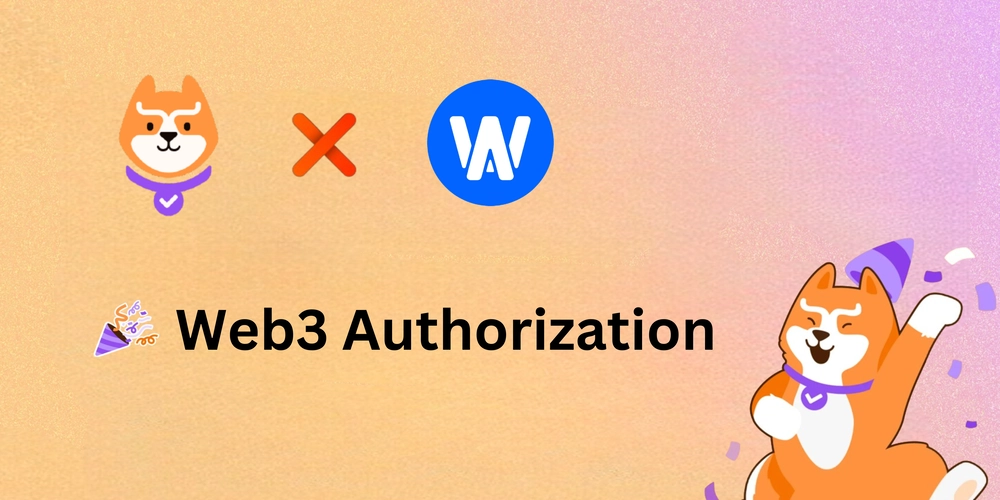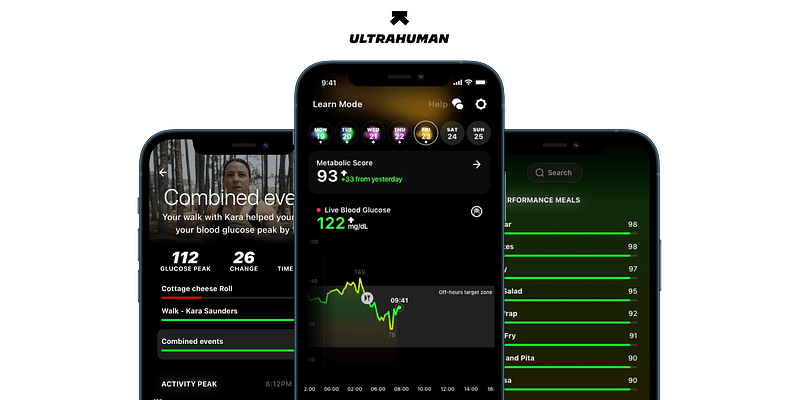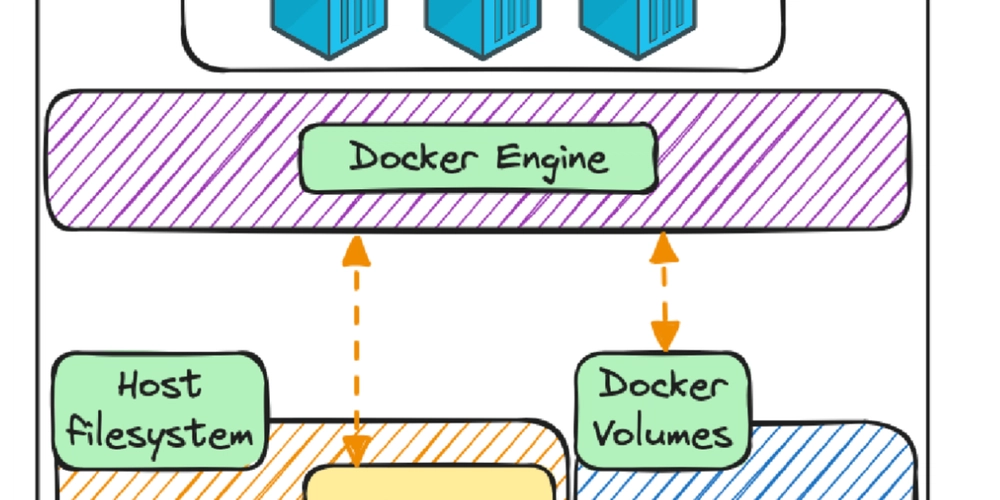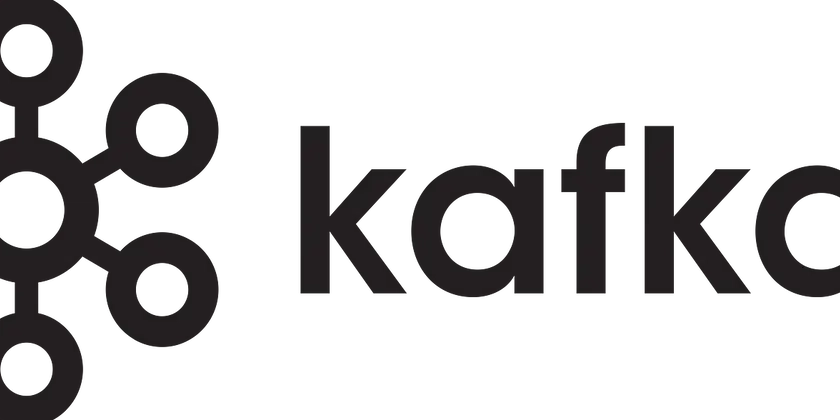Why I failed technical interview and how to tackle it?
If you’re currently looking for new opportunities but still don’t understand how technical interviews actually work, let me walk you through the reality of the process. You may have heard advice like “build projects to gain experience.” While that’s not entirely wrong, it’s often misleading—especially early in your journey. The problem isn’t just building projects; the issue is that we build them based on our current, limited understanding. And as the saying goes, “the worst kind of ignorance is thinking you know what you don’t.” Why Personal Projects Aren’t Enough When you create your own projects, you're in control. You decide the architecture, the complexity, and even when to give up. But real-world work doesn’t look like that. In technical interviews—especially at companies with strong engineering teams—you’re tested on things you never even thought existed. It’s like entering a battlefield where you’re being hit with missiles you didn’t know people could build. So what’s a better way to prepare? Open Source: The Real Training Ground Regardless of your programming language, once you have a decent grasp of the basics, one of the most effective ways to grow is by contributing to open source projects. Here's why: These projects are complex, large, and built by experienced developers. They almost always have bugs (check the Issues tab). To fix anything, you'll need to clone the project, set up the development environment, and understand the actual codebase, just like you would at a real job. Take Nx as an example. Head over to their Issues tab, pick a bug, and try to reproduce it. Then read through the code, understand the business logic, and make a fix. If you manage to create a successful pull request, congratulations—you just did the same thing professional developers do daily. This is how you develop real experience. You’re not just building what you already know—you’re working with unknowns, learning from others’ code, and adapting to existing structures. That’s the difference. What About Side Projects? Creating personal projects is still cool, especially for exploring ideas and learning new tools. But if your goal is to become a strong, job-ready engineer, contributing to real-world codebases will accelerate your growth far more effectively. I’ve seen many developers, including myself, grow faster through this exact approach. If you want to level up, skip the solo projects for a while and dive into open source. You’ll thank yourself later. And if you're looking for a space to meet other developers, learn more about this journey, and prepare smarter—join GoConnect. It’s a community built by and for developers who are serious about growth.

If you’re currently looking for new opportunities but still don’t understand how technical interviews actually work, let me walk you through the reality of the process.
You may have heard advice like “build projects to gain experience.” While that’s not entirely wrong, it’s often misleading—especially early in your journey. The problem isn’t just building projects; the issue is that we build them based on our current, limited understanding. And as the saying goes, “the worst kind of ignorance is thinking you know what you don’t.”
Why Personal Projects Aren’t Enough
When you create your own projects, you're in control. You decide the architecture, the complexity, and even when to give up. But real-world work doesn’t look like that. In technical interviews—especially at companies with strong engineering teams—you’re tested on things you never even thought existed. It’s like entering a battlefield where you’re being hit with missiles you didn’t know people could build.
So what’s a better way to prepare?
Open Source: The Real Training Ground
Regardless of your programming language, once you have a decent grasp of the basics, one of the most effective ways to grow is by contributing to open source projects. Here's why:
- These projects are complex, large, and built by experienced developers.
- They almost always have bugs (check the Issues tab).
- To fix anything, you'll need to clone the project, set up the development environment, and understand the actual codebase, just like you would at a real job.
Take Nx as an example. Head over to their Issues tab, pick a bug, and try to reproduce it. Then read through the code, understand the business logic, and make a fix. If you manage to create a successful pull request, congratulations—you just did the same thing professional developers do daily.
This is how you develop real experience. You’re not just building what you already know—you’re working with unknowns, learning from others’ code, and adapting to existing structures. That’s the difference.
What About Side Projects?
Creating personal projects is still cool, especially for exploring ideas and learning new tools. But if your goal is to become a strong, job-ready engineer, contributing to real-world codebases will accelerate your growth far more effectively.
I’ve seen many developers, including myself, grow faster through this exact approach. If you want to level up, skip the solo projects for a while and dive into open source. You’ll thank yourself later.
And if you're looking for a space to meet other developers, learn more about this journey, and prepare smarter—join GoConnect. It’s a community built by and for developers who are serious about growth.





































































































































































![[The AI Show Episode 145]: OpenAI Releases o3 and o4-mini, AI Is Causing “Quiet Layoffs,” Executive Order on Youth AI Education & GPT-4o’s Controversial Update](https://www.marketingaiinstitute.com/hubfs/ep%20145%20cover.png)





























































































































![[DEALS] Microsoft 365: 1-Year Subscription (Family/Up to 6 Users) (23% off) & Other Deals Up To 98% Off – Offers End Soon!](https://www.javacodegeeks.com/wp-content/uploads/2012/12/jcg-logo.jpg)



![From Art School Drop-out to Microsoft Engineer with Shashi Lo [Podcast #170]](https://cdn.hashnode.com/res/hashnode/image/upload/v1746203291209/439bf16b-c820-4fe8-b69e-94d80533b2df.png?#)




















![Re-designing a Git/development workflow with best practices [closed]](https://i.postimg.cc/tRvBYcrt/branching-example.jpg)




















































































(1).jpg?#)





























_Inge_Johnsson-Alamy.jpg?width=1280&auto=webp&quality=80&disable=upscale#)































































































![The Material 3 Expressive redesign of Google Clock leaks out [Gallery]](https://i0.wp.com/9to5google.com/wp-content/uploads/sites/4/2024/03/Google-Clock-v2.jpg?resize=1200%2C628&quality=82&strip=all&ssl=1)
![What Google Messages features are rolling out [May 2025]](https://i0.wp.com/9to5google.com/wp-content/uploads/sites/4/2023/12/google-messages-name-cover.png?resize=1200%2C628&quality=82&strip=all&ssl=1)














![New Apple iPad mini 7 On Sale for $399! [Lowest Price Ever]](https://www.iclarified.com/images/news/96096/96096/96096-640.jpg)
![Apple to Split iPhone Launches Across Fall and Spring in Major Shakeup [Report]](https://www.iclarified.com/images/news/97211/97211/97211-640.jpg)
![Apple to Move Camera to Top Left, Hide Face ID Under Display in iPhone 18 Pro Redesign [Report]](https://www.iclarified.com/images/news/97212/97212/97212-640.jpg)
![Apple Developing Battery Case for iPhone 17 Air Amid Battery Life Concerns [Report]](https://www.iclarified.com/images/news/97208/97208/97208-640.jpg)





































































































